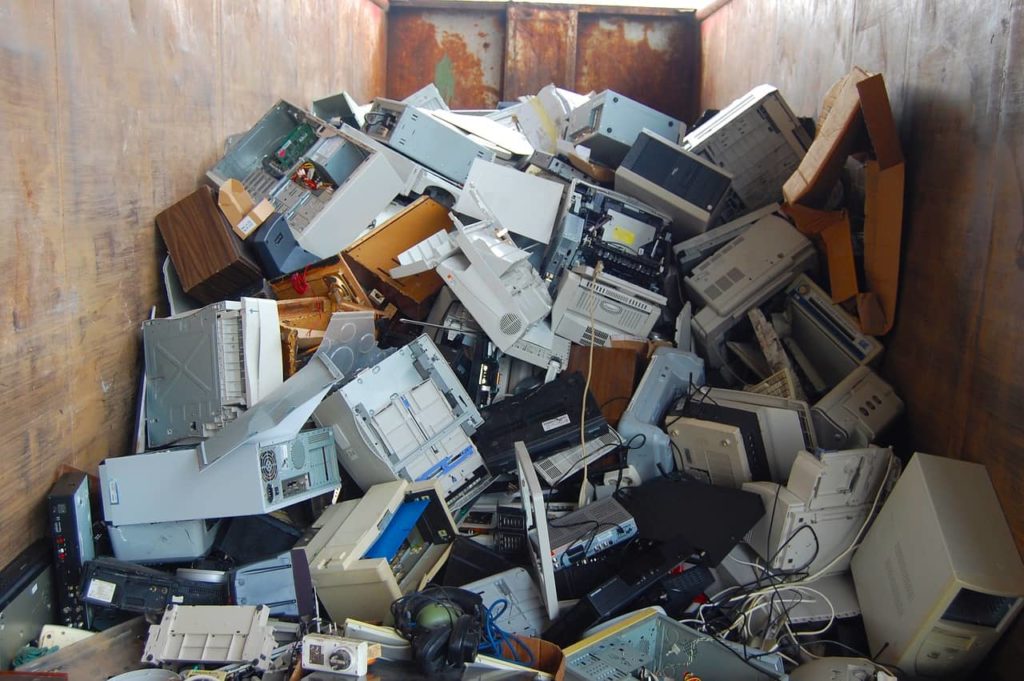Hazardous Waste
When you engage in e-waste recycling, you have to salvage the usable parts and discard the hazardous ones. Hazardous waste is harmful, non-recyclable e-waste that some electronics contain.
Everyday items like appliances, computers, and smoke alarms contain functional components which are harmful to inhale, ingest, or otherwise expose to yourself.
Thus, a material is considered harmful based on its potency for damage to your body or the environment. It is prudent to dispose of hazardous waste components safely.
List of Hazardous Waste Substances
These are some technological waste components that are considered harmful:
- Americium, because it is a carcinogen
- Lead, because of the ill effects of lead exposure
- Mercury, which can cause sensory impairments and weakness
- Cadmium, which is dangerous to inhale
- Hexavalent chromium, which is also a carcinogen
- Sulfur, which irritates when ingested
- Brominated flame retardants, which adversely affect the human body and environment
- Perfluorooctanoic acid, which has a variety of toxic effects
- Beryllium oxide, which causes lung cancer
- Polyvinyl chloride (PVC), which releases toxins during development
The Importance of Proper E-Waste Disposal
People who live near dumps, recycling centers, and landfills can experience secondhand exposure to hazardous e-waste. The materials can pollute the air, groundwater, and food. Overexposure can cause prenatal problems, growth issues, mental decline, and more. Many of these materials are liable to cause lung cancer, skin cancer, and other serious illnesses.
The Environmental Protection Agency (EPA) instituted a penalty of up to five years in prison for improper or unpermitted disposal. By law, violators must pay up to $50,000 in fines per day of violation. Some cases of knowing endangerment result in as many as fifteen years in confinement.
With such stark monetary, health, and environmental consequences, it is critical to dispose of hazardous e-waste materials properly.
How to Properly Dispose of Hazardous E-Waste
Harmful waste materials cannot be recycled, so it needs to be disposed of safely. However, improperly carrying out this process can have drastic impacts on both humankind and nature in the surrounding area.
Don’t throw your electronic waste in landfills or junk pits, where the harmful materials can seep into the soil and groundwater below. Instead, contact a professional recycling service like Newtech Recycling. We can remove the hazardous materials from the rest without exposing the soil, air, and water to their harmful effects.
At Newtech Recycling, we have the knowledge, tools, and experience that you can trust for safe and efficient hazardous waste disposal. During our e-waste recycling process, salvageable components are separated from hazardous waste materials so that they can be reused in the manufacture of future products. This not only helps keep toxic components out of the environment, it also helps reduce the amount of resource extraction needed to meet consumer demand.
Are you in one of our service areas? Call Newtech Recycling to learn more about how we can help you dispose of your unwanted e-waste.
Related Terms: Landfills, Incineration, Leachate


